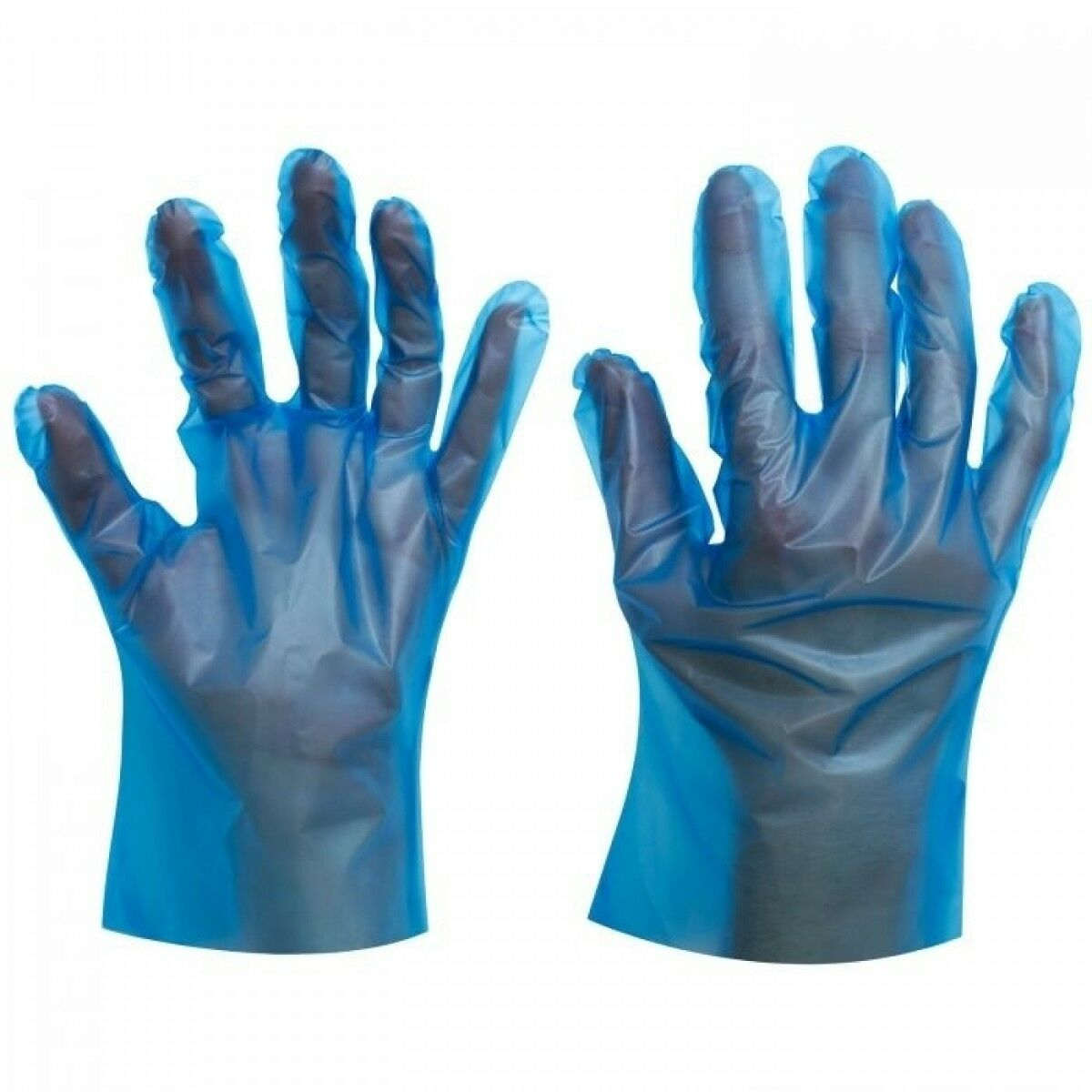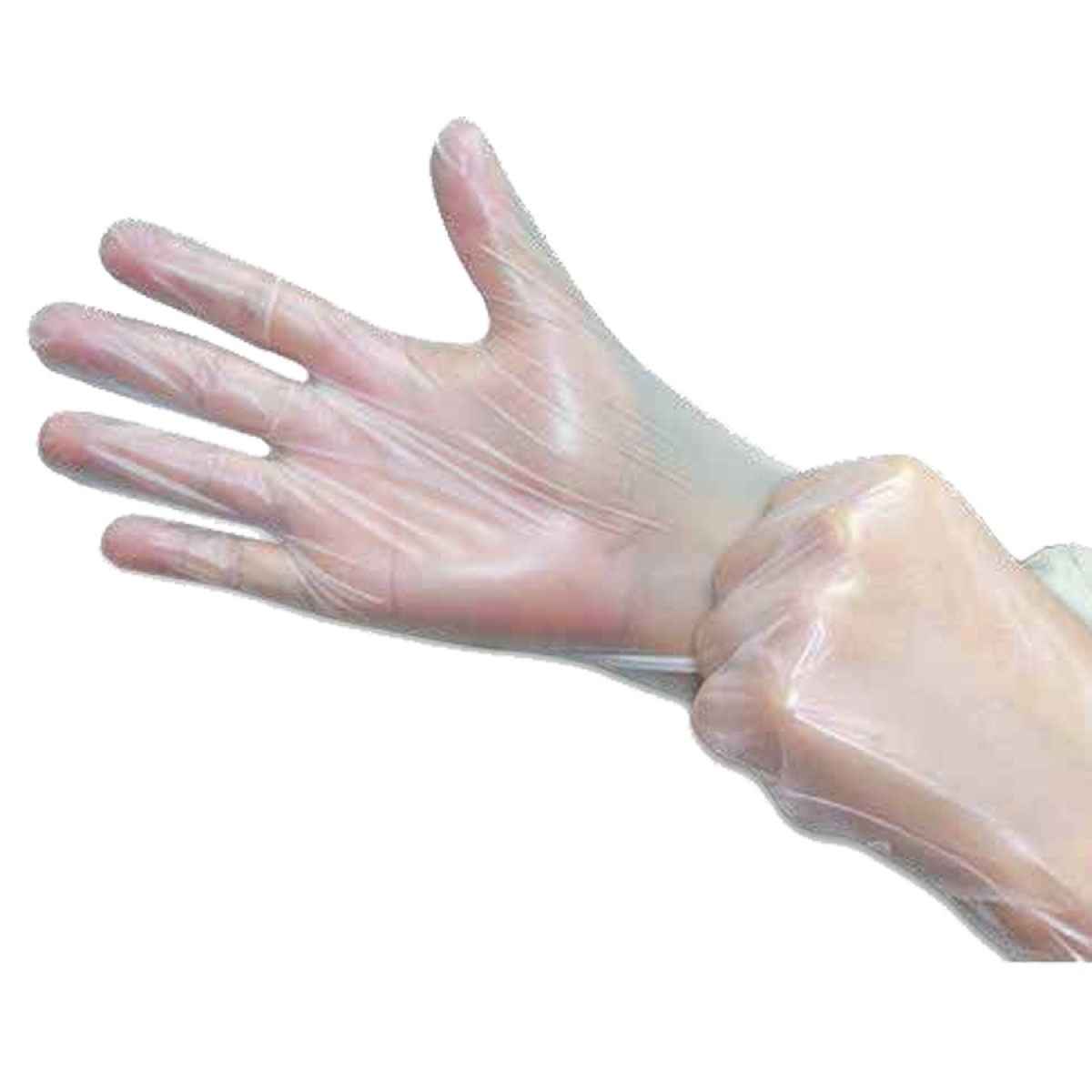2021/10/10 / By hqt / Tags:
8 Types of TPE Gloves you Can Afford Easily

Information about tpe gloves
In today's market, there is a multitude of types of tpe gloves. The common of this personal protective equipment, better known as PPE, is also part of the Regulatory Standards and serves to protect against various risks, whether mechanical, chemical, biological or others, In addition to preventing accidents in the work environment.
To help you make the best choice for your company and employees, we have created this article about safety gloves and some of their various types and commons. Good reading!
What are safety gloves and what are they for?
Created by the need to protect workers' hands, protective gloves is easy to find in different models, sizes, and specific materials to suit different types of work.
We classify Tpe gloves according to each criterion of:
- Use
- Manufacture
- Moreover, type of protection
- Similarly, thickness
- materials command, among other aspects
What types of safety tpe gloves?
Mesh gloves, neoprene, PVC, latex — there are plenty of options. The parts can be disposable or reusable, it all depends on what your production needs. Therefore, it is important the specific use for each case, in addition to the correct reading of the manufacturer's guidelines as to the way of conservation and common.
Durability depends on the risk to which the material exposes and the activities that will perform. Check out the types of tpe gloves for each situation below:
- Neoprene gloves
Neoprene gloves are made of synthetic rubber, which replaces the natural one. They have excellent resistance to high and low temperatures, are waterproof, and dry quickly when wet. Moreover, they are light, malleable, non-slip, and facilitate the handling of various materials. Moreover, they are widely popular in the automotive, chemical, cleaning, and food industries.
2. Latex gloves vs tpe gloves
Soft and comfortable, latex gloves do not impair touch and prevent liquid penetration. In addition, its use is important for the agro-industrial, sanitizing, and cleaning industries.
- PVC gloves
With good resistance against chemicals, abrasives, and cuts, PVC tpe gloves are good for:
- handling acids
- lubrication of parts
- Similarly, contact with corrosive materials
- civil construction
- Moreover, glass wool
- Furthermore, heavy cleaning, among others.
- Knit gloves
These are common in general services; knitted gloves offer comfort and good breathability, in addition to protecting against abrasive and excoriating agents. They are available with or without pigmentation and with yarn variation. Tpe gloves provide great flexibility for handling parts.
5. Nitrile gloves
Made of synthetic rubber, nitrile gloves are versatile and resistant to various chemical and abrasive products. Furthermore, they are ideal for jobs in the automotive, construction, furniture, chemical, and food industries.
Disposables can be common in cash handling, aesthetics, hospitals, clinics, fruit, and vegetable processing industries. Similarly, the reusable gloves are easy to use in the application of paints, varnishes, solvents, greases, and waxes.
6. Hooded gloves
For professionals who perform heavy and abrasive jobs, hooded gloves may be most appropriate. Tpe gloves are normally popular in the civil construction segments, among other areas.
7. Scrape glove vs tpe gloves
Scrape safety gloves are those indicated for activities carried out in civil construction, loading and unloading of materials, mining, soap opera industry, assembly of metallized structures and other maintenance in general. Among its main purposes is protected against scratches.
- Latex glove and textile support
Textile support tpe gloves and receive a bath/latex coating. They are reusable and suitable for jobs that require greater mechanical protection, such as:
- Handling and moving construction materials
- Rebar, ropes, cables, scaffolding
- Carpentry and joinery, frame
- Masonry, tile and tile placement
- waste collection, recycling, agriculture
- Gardening and landscaping, among others.
In many cases, it replaces the scrape and cowhide gloves. They have greater durability.
What are the top tips about safety gloves?
We must adopt some practices to keep the safety glove in perfect condition. See the main ones:
- always observe the manufacturer's guidelines regarding the common, cleaning and conservation of gloves;
- Also, avoid industrial washing, one of the best options being running water and neutral soap. Regarding drying, it should be done in the shade;
- the item must be removed by the handle and turned inside out so that the inside is ventilated, stays dry and prevents the proliferation of bacteria;
- Moreover, the durability will depend on the risk that the material will be exposed, activities performed and frequency of common.
How to choose the appropriate safety glove for the demands?
In order not to make a mistake in indicating the best safety, tpe gloves are important to be aware of some relevant information. Understand the main ones!
- Assess the risks to which professionals subject
The first step in identifying the best safety glove is identifying the functions performed by professionals who need protection. It is necessary to be aware of all aspects related to the risk of the work environment and, thus, make the best choice.
- Test the chosen items in an appropriate place
After identifying which is the main personal protective equipment that must be common in the company, it is important to carry out some tests with them. Note which ones are best suited to professionals, who generate greater comfort and practicality in their daily lives, in addition to providing the expected safety in the workplace.
Check the use of the protective glove
Being engaged in taking care of your chosen PPE is also an important part of the process of defining the most appropriate safety gloves. For example, using them for activities that are not indicated is an act that can render the protection device useless, making it not sufficient to protect the worker from all risks.

Therefore, it is important to keep in mind that providing all the necessary information is essential for protective equipment to play its role properly. Check often that protective tpe gloves remain appropriate for the functions for which they chose
Conclusion
Another tip is to set a deadline to periodically check the equipment indicated for the employee to common. See if there has been any change in the workplace and risks that justify obtaining another item.
For example, the inclusion of new activity in the worker's daily life or the reduction of any of them, and always be aware of market demands. A few simple inquiries will help you make the best recommendations when it comes to safety gloves.


